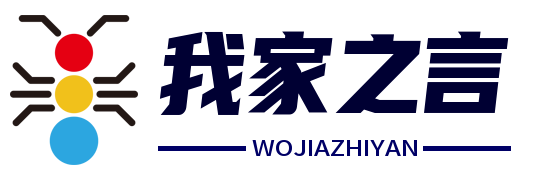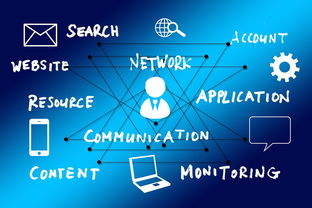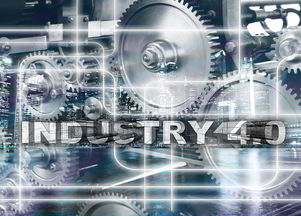In the modern era, technology has become an integral part of our daily lives, transforming the way we communicate, work, learn, and entertain ourselves. While the advantages of technology are numerous and often celebrated, it is also important to consider the potential drawbacks. This essay will explore both the positive and negative aspects of using technology in various aspects of life.
Advantages of Technology
-
Enhanced Communication: One of the most significant benefits of technology is its ability to facilitate communication. With the advent of smartphones, social media, and instant messaging apps, people can now connect with others across the globe in real-time. This has not only made personal relationships stronger but also fostered international collaboration and understanding.
-
Improved Efficiency: Technology has streamlined many processes, making them more efficient. Automation and digital tools have reduced the time and effort required to complete tasks, whether in a corporate setting or at home. This has led to increased productivity and, in many cases, cost savings.
-
Access to Information: The internet has become a vast repository of knowledge, providing access to information on virtually any topic. This has democratized learning and allowed individuals to educate themselves and stay informed about current events.
-
Healthcare Advancements: Medical technology has revolutionized healthcare, leading to improved diagnostics, treatments, and patient care. Telemedicine, for instance, allows patients in remote areas to consult with doctors without traveling long distances.
-
Entertainment and Creativity: Technology has also opened up new avenues for entertainment and creative expression. Digital platforms enable artists to share their work with a global audience, and gaming and virtual reality offer immersive experiences that were once unimaginable.
Disadvantages of Technology
-
Privacy Concerns: As technology becomes more pervasive, so do concerns about privacy. Data breaches and surveillance have become common, leading to a loss of privacy and potential misuse of personal information.

-
Dependency and Addiction: The convenience and constant connectivity provided by technology can lead to dependency. Social media, for example, can become addictive, affecting mental health and interpersonal relationships.
-
Job Displacement: While technology has created new job opportunities, it has also led to the displacement of workers in certain industries. Automation can replace human labor, leading to unemployment and economic disruption.
-
Digital Divide: Not everyone has equal access to technology, leading to a digital divide. This gap can exacerbate social and economic inequalities, as those without access to technology are at a disadvantage in terms of education, employment, and social inclusion.
-
Environmental Impact: The production and disposal of electronic devices contribute to environmental degradation. E-waste is a growing problem, and the energy consumption of data centers and other tech infrastructures raises concerns about sustainability.
-
Cybersecurity Threats: As our lives become more digital, so do the risks associated with cybersecurity. Hacking, phishing, and other cyber threats can lead to financial loss, identity theft, and the compromise of sensitive information.
Conclusion
In conclusion, technology offers numerous benefits that have significantly improved our quality of life. However, it is crucial to be aware of the potential drawbacks and address them proactively. As we continue to advance technologically, it is essential to strike a balance between innovation and the preservation of privacy, security, and social well-being. By doing so, we can ensure that technology serves as a force for good, enhancing our lives without causing undue harm. It is a collective responsibility to harness the power of technology in a way that is ethical, sustainable, and beneficial for all.









